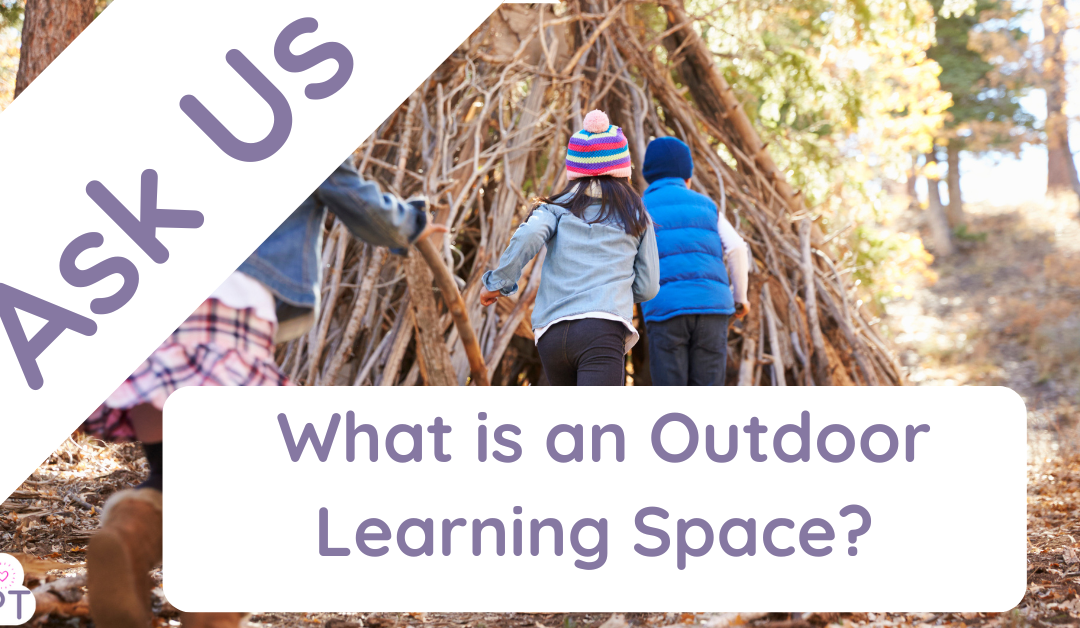What is an Outdoor Learning Space?
Outdoor learning spaces are designed environments outside traditional classroom settings where students can engage with the natural world to enhance their educational experiences. These spaces can vary widely in their setup and use but are unified by the goal of integrating outdoor elements into the learning process. Outdoor learning spaces are becoming increasingly popular as educators recognise the myriad benefits of connecting children with nature.
Characteristics of an Outdoor Learning Space
Natural Elements: These spaces often incorporate natural materials and features, such as plants, trees, water, rocks, and soil, to create an immersive learning environment.
Versatility: Outdoor learning spaces are adaptable and can be used for various subjects, including science, math, art, and physical education. They encourage hands-on, experiential learning.
Inclusivity: Designed to be accessible to all students, these spaces often include features that accommodate diverse learning needs and physical abilities.
Sustainability: Many outdoor learning spaces emphasize environmental stewardship and sustainability, teaching students about ecology, conservation, and the importance of protecting natural resources.
Benefits of Outdoor Learning Spaces
Enhanced Academic Performance
Studies have shown that students who participate in outdoor learning activities often perform better academically. The hands-on, experiential nature of outdoor education can improve understanding and retention of complex concepts.
Sources:
Improved Physical Health
Outdoor learning spaces encourage physical activity, which is essential for children’s growth and development. Activities like gardening, nature walks, and outdoor play promote fitness and coordination.
Sources:
Enhanced Emotional and Social Development
Being in nature has been shown to reduce stress and anxiety, promoting better mental health. Additionally, outdoor learning encourages teamwork and communication skills through group activities.
Sources:
Designing an Outdoor Learning Space
Assess the Environment: Consider the natural features of your location and how they can be integrated into the learning space. Look for areas that provide shade, diverse plant life, and safe terrain for exploration.
Incorporate Learning Stations: Set up different areas for various activities, such as a garden for plant studies, a water feature for biology lessons, and open spaces for physical education.
Use Sustainable Materials: Build structures using eco-friendly materials like recycled wood, natural stones, and sustainable plastics. Incorporate rainwater collection systems and composting areas to teach sustainability.
Accessibility: Ensure that all students can access the space by including wide paths, seating areas, and sensory gardens for students with disabilities.
Activities for Outdoor Learning Spaces
Nature Scavenger Hunts
Organize scavenger hunts where students find and identify various natural objects, helping them learn about local flora and fauna.
Resources:
Gardening Projects
Engage students in planting, maintaining, and harvesting a garden. This hands-on activity teaches them about plant biology, ecology, and the food cycle.
Resources:
Outdoor Math Games
Use outdoor settings to teach math concepts through games and activities that involve measuring, counting, and geometry.
Resources:
Integrating the Muddy Puddle Teacher (MPT) Approach
The Muddy Puddle Teacher (MPT) approach is an innovative method that incorporates outdoor learning into the curriculum. This approach emphasizes sensory-rich, hands-on activities that make learning engaging and memorable.
MPT Resources:
- Outdoor Maths Lessons
- Nature-Based Learning Activities
- Seasonal Outdoor Activities
- Practical Measurement Activities
- Interactive Learning Games
Conclusion
Outdoor learning spaces provide an enriching environment for students to explore, learn, and grow. By incorporating natural elements, sustainable practices, and diverse activities, educators can create dynamic learning experiences that extend beyond the traditional classroom. The Muddy Puddle Teacher approach offers valuable resources to help integrate outdoor learning into the curriculum, making education more engaging and effective.
For further reading and resources, explore these links:
- Outdoor Classroom Day
- Nature Explore
- Council for Learning Outside the Classroom
- Forest School Association
- Project Learning Tree
- National Wildlife Federation: Schoolyard Habitats
- TeachEngineering: Outdoor Learning
- Environmental Education Research
- U.S. Forest Service: Benefits of Nature
- Children & Nature Network
- Edutopia on Outdoor Learning
- Smithsonian Science Education Center
- National Trust: Outdoors for Schools
By leveraging these resources and integrating outdoor learning into your curriculum, you can create a dynamic and effective educational experience for your students. Happy teaching!


